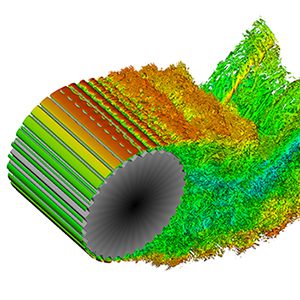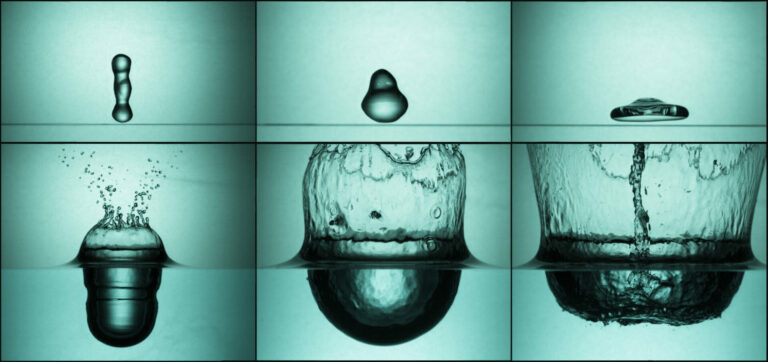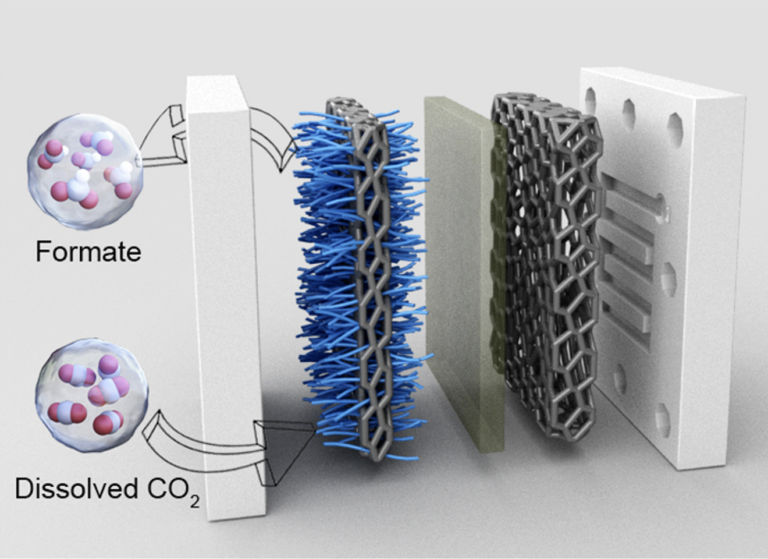Mechanical Engineering
Putting some skin in the turbulence game
Theoretical simulations reveal how subtle changes in friction on an object’s surface can have a large effect on drag.

An algorithm that improves simulations of turbulent flows by enabling the accurate calculation of a parameter called skin friction has been developed by KAUST researchers in collaboration with researchers at the California Institute of Technology. The application of this algorithm may aid the aerospace and shipping industries in their race to develop more fuel-efficient transportation.
Computing turbulent flow over bluff bodies, such as spheres or cylinders, is critical to many practical engineering applications. However, the large number of parameters involved in solving turbulence simulations with high accuracy means that researchers have to take shortcuts—typically only large, whirlpool-like eddies are computed exactly, while smaller scales of motion can only be modeled to approximation.
Although large-eddy simulations have successfully reproduced many types of turbulence, they still have trouble with a phenomenon known as the drag crisis. Normally, the turbulent wake that follows a moving object determines the amount of drag it produces. But under certain conditions, a swirling boundary layer sticks to the body and decreases the size of the wake, and the associated drag, even when the flow speed around it increases. Dimples on golf balls, for example, are specifically designed to reduce the speed at which the drag crisis occurs, enabling golfers to drive the ball much further than they could using a smooth ball.
According to KAUST physicist Ravi Samtaney, one of the problems with predicting drag crisis effects is capturing the subtle changes in boundary layers and friction within very complex fluid dynamics. “Brute force computations are just not possible—the exact flow over a Boeing 777 would require more data points than the number of bytes on the entire internet,” he says. “We had to find a better method to model small scales of motion.”
The team realized that skin friction, an often-overlooked tangential force exerted by bluff objects on fluids, might provide a key to understanding the physical mechanism of the drag crisis. They investigated a model where fluid flows over a smooth-walled cylinder and realistic physical walls generate turbulence effects. By incorporating methods for the accurate calculation of the skin-friction equation into their code, they resolved changes to the near-wall turbulence that included surprisingly unsteady separations and bubbles within boundary layers in the drag crisis zone. This enabled them to identify the physics that control the onset of the drag crisis as the fluid speed increases.
“Computing skin friction is tricky because it’s defined right on the cylinder surface,” explains KAUST researcher, Wan Cheng. “Although it contributes only a few percent to the total drag, it’s ultimately tied to the forces acting on the cylinder and is a powerful tool for direct visualization of drag-crisis fluid dynamics.
“Large-eddy simulations are the future of computational fluid dynamics in industrial and aerodynamics applications, and skin friction can be an important measure in optimizing this design” notes Samtaney.
References
- Cheng, W., Pullin, D.I., Samtaney, R., Zhang, W., & Gao, W.R. Large-eddy simulation of flow over a cylinder with ReD from 3:9×103 to 8.5×105: a skin-friction perspective. Journal of Fluid Mechanics 820, 121–158 (2017).| article
You might also like

Mechanical Engineering
Innovative strain sensor design enables extreme sensitivity

Mechanical Engineering
Turbulent flow shows surprise patterns that could help boost efficiency

Mechanical Engineering
Machine learning model identifies gas molecules

Mechanical Engineering
Making a splash: unraveling the impact of large water droplets

Mechanical Engineering
Sour gas has sweet potential for hydrogen production

Mechanical Engineering
Dancing droplets’ new spin on water harvesting

Mechanical Engineering
Underwater air pockets smooth out the bumps

Chemistry




